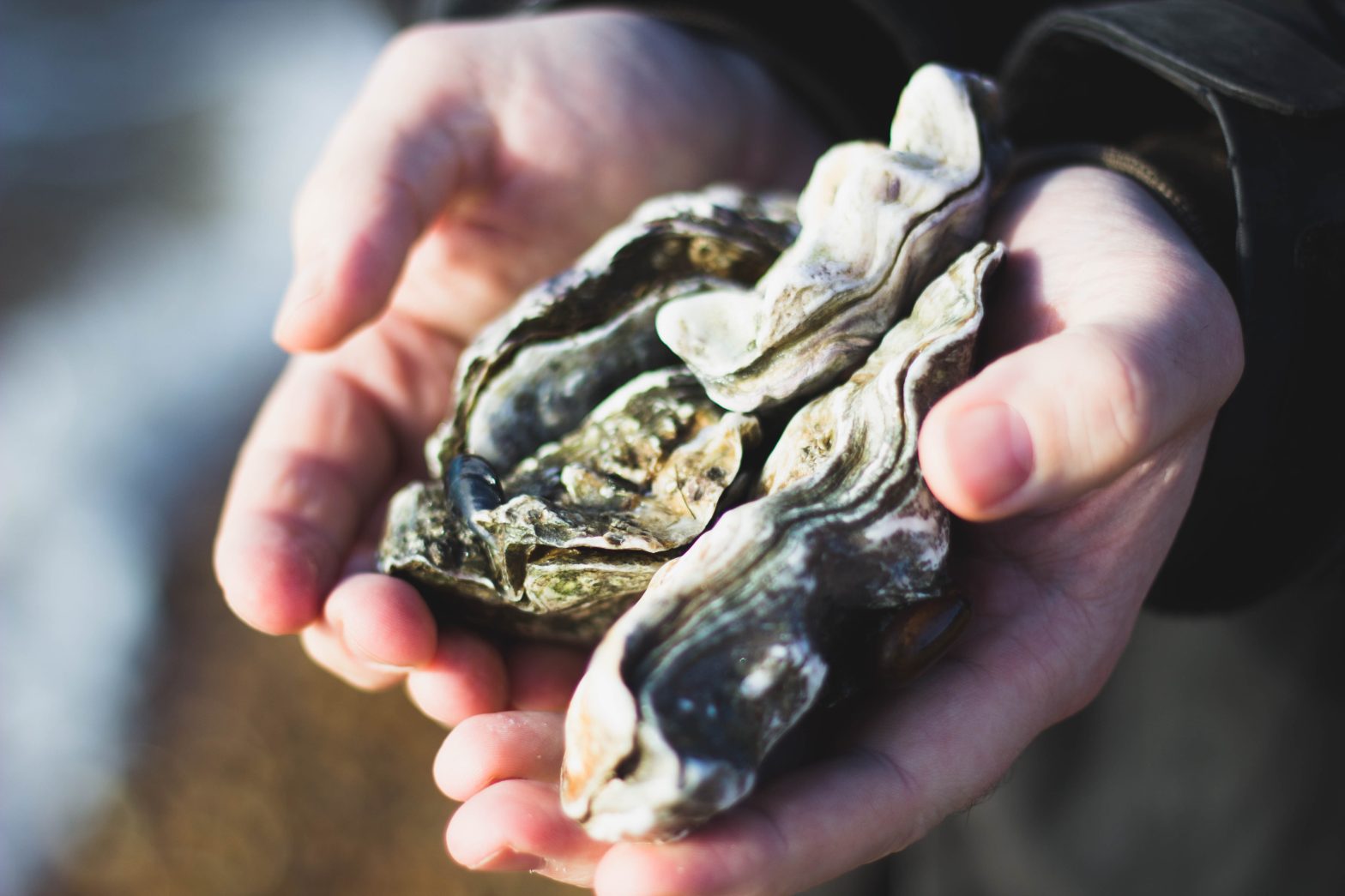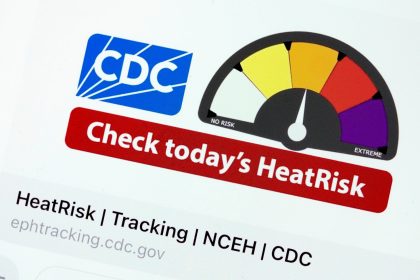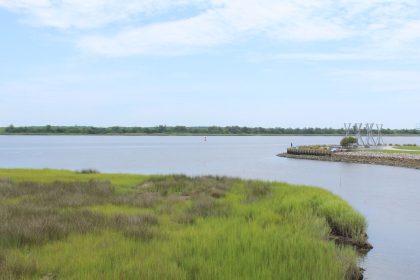Toxic ‘Forever Chemicals’ Found in Florida Oysters

BISCAYNE BAY, Fla. — Before you shuck open those succulent oysters this summer, you may be interested in findings from Florida International University which show that many contain toxic “forever chemicals.”
When FIU Institute of Environment scientists sampled 156 oysters from Biscayne Bay, Marco Island and Tampa Bay, they detected contaminants — perfluoroalkyl and polyfluoroalkyl and phthalate esters— in every single one.
These toxic contaminants from thousands of man-made chemicals are not only affecting oysters’ growth and shell development, but, in humans, are known to impact reproduction and immune system functioning, as well as cause liver and kidney damage.
“These findings are definitely a red flag, Leila Lemos, the study’s lead author and an FIU distinguished postdoctoral scholar, said in a release of the findings that were published in Science of the Total Environment.
Now, these contaminants can pose serious health risks to people and wildlife — and the oysters prove PFAs and PAEs are in the water and have crept into the food chain — but before you commit to cutting out all oyster slurping, know that Lemos says the health risks of consuming them is not currently too high.
“It’s important to… remember that there’s so many other exposure paths for both PFAS and PAEs compounds, like drinking water,” Lemos said.
A previous FIU study found around 30 different PFAS in Miami, Broward, and Palm Beach tap water, as well as in Biscayne Bay and nearby tributary canals.
PAEs are widely used in consumer products like pharmaceuticals, cosmetics, personal care products, detergents, children’s toys, and more.
PFAS, perhaps more problematic, include thousands of man-made chemicals used in industrial and consumer products and found in everything from fast food packaging to non-stick cookware and firefighting foams. They are called “forever chemicals” because they don’t break down and accumulate over time. PFAs have been found in water, air, soil — and even human blood since the turn of the century.
“I wanted to look into what we’re eating and if it might be contaminating us,” Lemos said, because while FIU’s study has raised concerns for how chemical contaminants could threaten oyster farming, it also indicates how human actions have a cyclical impact on nearby water environments.
Since oysters are filter-feeders straining their food particles from the water around them, their level of contamination reveals a lot about the health of their ecosystem and human impacts on their environment.
FIU’s current assessments only include four PFAS and four PAEs compounds, and studied oysters specifically, so risks associated with other contaminants, or consuming other marine life in the same contaminated waters could not be construed.
The Environmental Protection Agency has continued to warn that PFAS are more dangerous than previously thought, even at undetectable levels.
Kate can be reached at [email protected]
























